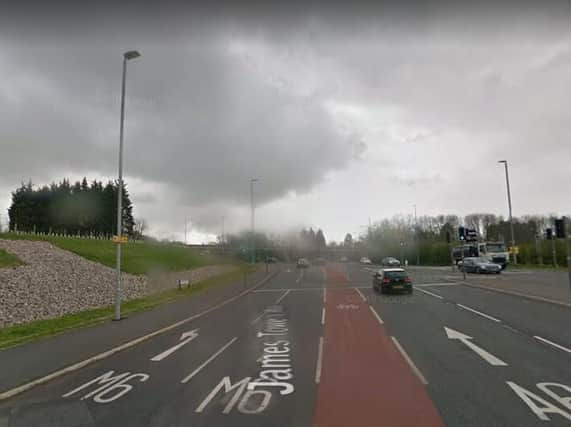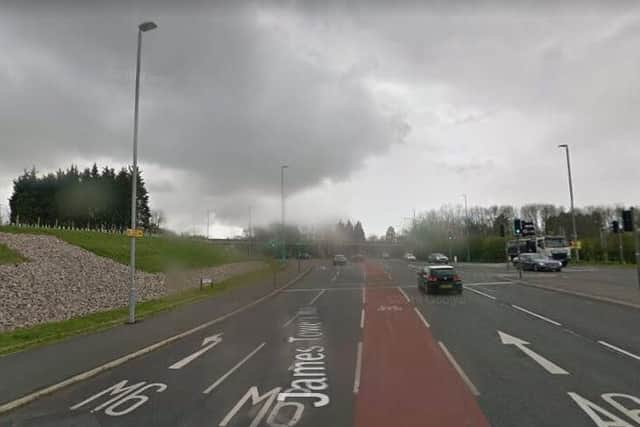How the Broughton bypass looks slightly different to the way it was designed


Lancashire County Council’s development control committee granted retrospective permission for the changes, which were made during the construction of the long-awaited route – and which are a departure from the plans as they were initially approved back in 2013.
They include the addition of a central reservation along the southernmost part of the dual carriageway, which was introduced to reduce the risk of head-on collisions and resulted in lane widths being reduced to accommodate the feature.
Advertisement
Hide AdAdvertisement
Hide AdBut committee members ruled that a noise assessment will have to be carried out to determine whether another of the modifications is causing a nuisance to a nearby resident.


Two lanes were installed leading from the southbound carriageway of the bypass – officially known as James Towers Way – onto the M6 motorway, when only one had originally been proposed.
That prompted an objection from a householder on D’Urton Lane – who wanted additional noise mitigation measures put in place. Council officers calculated that Simon Watson’s property would experience an increase in noise in a “worst-case scenario” of 1.1 decibels – and that a variation of three decibels would be required before it was detectable by the human ear.
But a majority of members disagreed and insisted that a real-world survey is carried out – and new noise barriers installed if necessary.
Advertisement
Hide AdAdvertisement
Hide AdMr. Watson addressed the committee directly over safety concerns about the repositioning of the turning point in D’Urton Lane itself, putting it 40m from the end of the cul-de-sac. He said that the change breached British Standards guidance which states that the facility should be no more than 20m from the end of a no-through road to prevent service and emergency vehicles having to reverse over any greater distance.
“I feel you should be fully aware of the risks – the design standards are there for a reason,” said Mr. Watson, highlighting that the road is increasingly busy with parents parking up and accompanying their children to a nearby primary school.
But planning officer Jonathan Haine said that the location complied with the relevant guidance – which, in this instance, was not that issued by British Standards.
The meeting heard that the turning point had been relocated to avoid existing infrastructure in its intended position. However, its new location will be used as the access to any future development of adjoining land – and so it may need moving again.
Other changes to the original design which were approved by the committee related to surface drainage and landscaping.